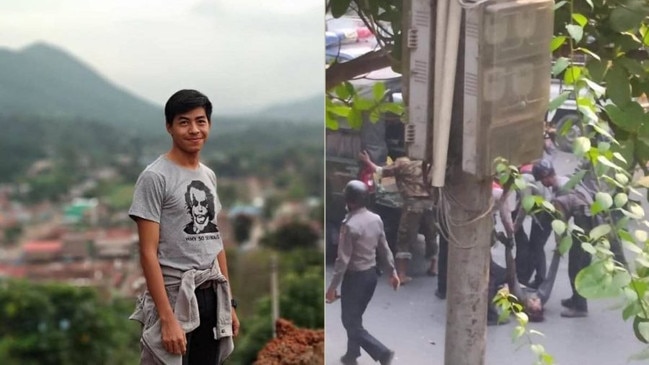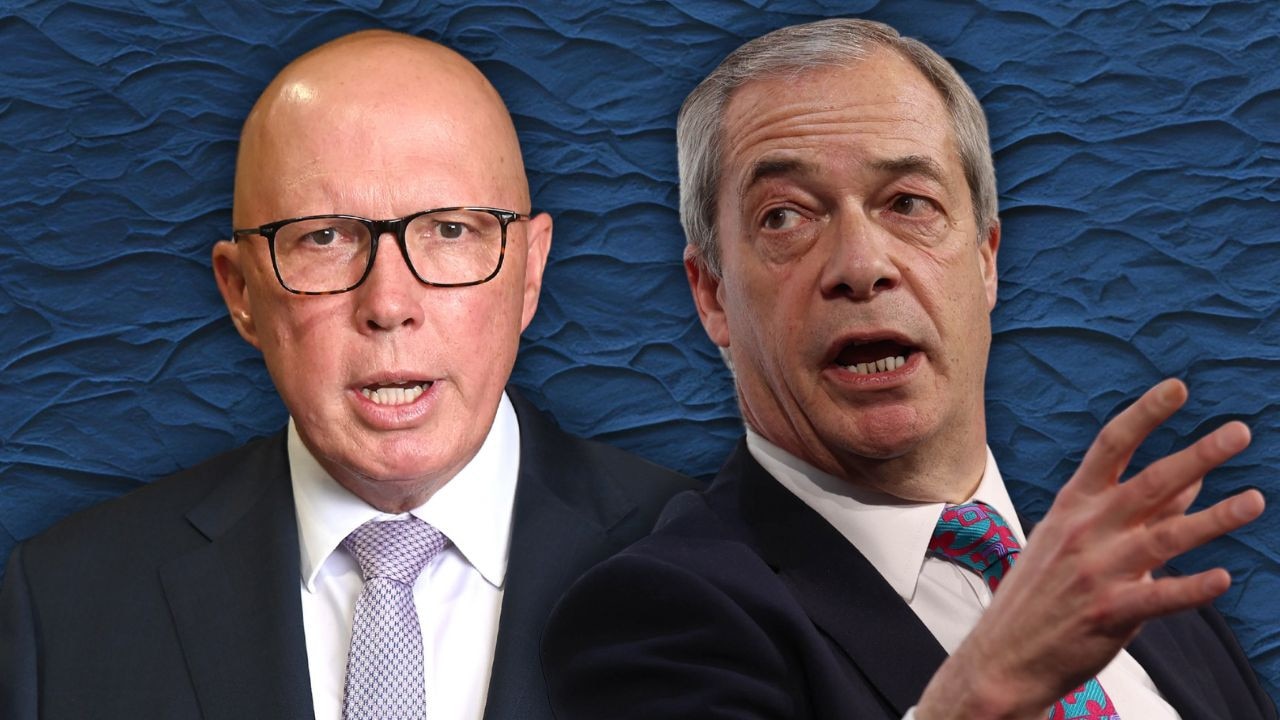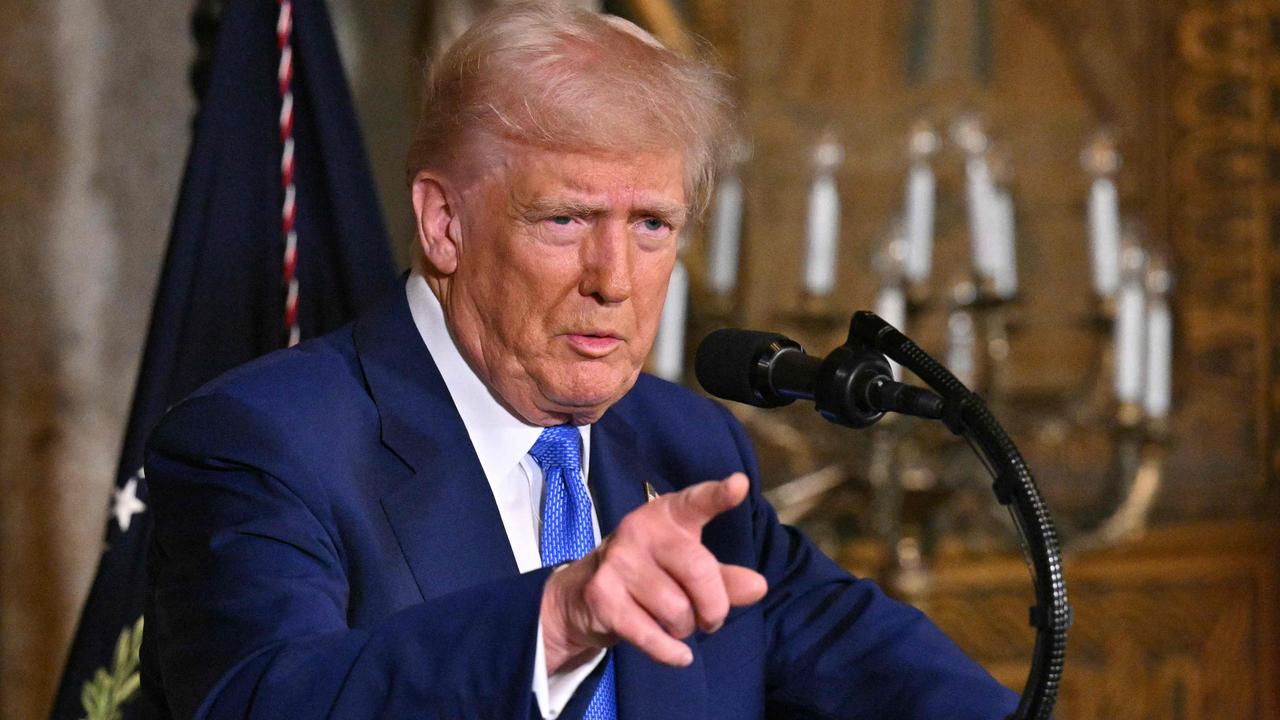Myanmar junta’s enforcers turn their guns on those who save lives
The Myanmar regime’s targeting of doctors is escalating with more than 160 warrants issued for the arrest of health workers since April 13.

He played the violin and the harp, wrote poetry, loved military history and mountaineering, and hoped to be an orthopaedic surgeon serving the very poorest in Myanmar.
Instead, Thiha Tin Tun — a 27-year-old assistant surgeon who worked his whole young life to be the “well-rounded man” his grandfather instructed him to be — died a brutal death at the hands of security forces, who shot him in the arm and the head as he fled an assault on protesters, then dragged him two blocks before covering his face with a corrugated iron sheet, kicking him and leaving him to die.
Video footage seen by The Australian shows the last torturous minutes of Thiha Tin Tun’s life — including his vain attempts to push the iron from his face as troops stand above him taking pictures — on March 27, Myanmar’s Armed Forces Day, when at least 114 people were killed by security forces.
His mother Thinn Kyi told The Australian she had given up trying to retrieve her son’s body or even to hold a funeral, fearing repercussions for those who might publicly mourn the young doctor who left a posthumous letter that has become a clarion call for the country’s pro-democracy movement.
“While everyone was waiting for the best days ahead, the worst happened,” he wrote in a note in which he begged his family to be proud of his protest efforts, and for the people of Myanmar to “take those monsters down”.
“There would be more of a risk for those who attend the funeral so I gave up the idea to proceed with the funeral without the body,” his grieving mother, a teacher who is also striking in protest at the coup, said this week.
The young doctor, the first in his family, was dedicated to the idea of service to his country and saw the anti-junta movement as part of that.
“Since he was a medical student, he said to me: ‘I won’t be able to make money for you, and I can’t be a doctor who chases money.’ He wanted to become a volunteer doctor. I willingly accepted his decision.”
Some 739 civilians have now been killed, countless more injured and 3331 people detained since the military toppled the civilian government of Aung San Suu Kyi on February 1.
But the Myanmar regime’s targeting of doctors is escalating, with more than 160 warrants issued for the arrest of health workers since April 13, according to Physicians for Human Rights, an international organisation helping medics document the junta’s atrocities.
“The Myanmar military has targeted health workers across the country, some for participating in the Civil Disobedience Movement, and others who are merely providing medical care to injured protesters and bystanders,” Physicians for Human Rights said this week.
“Almost all public hospitals in Myanmar now have a garrison of troops. There have been direct attacks against hospitals where bullets have been fired through the windows, staff injured by rubber bullets, materials and supplies confiscated,” PHR spokeswoman Jennifer Leigh said.
This week, the military announced all health workers facing charges would be banned from medical practice and international travel.
Among those charged with “crimes” of incitement, refusing to work, or treating wounded protesters are hospital super intendants, specialists and a Health Ministry director.
On Wednesday, two days before junta leader Min Aung Hlaing is to fly into Jakarta to justify his deadly coup to ASEAN leaders, soldiers and police raided Mandalay’s largest private hospital. They searched room by room for doctors who have been on strike from public hospitals since the coup but continue to treat patients in underground clinics and private facilities.
“We live in fear of raids and arrests because they are now really targeting the medical sector,” one such Mandalay-based medic told The Australian.
“We still have our full medical team but people from other volunteer groups have been detained. Even in war, medical facilities and workers are spared but they’re targeting even ambulances and rescue workers. We are being shot at as we try to help people.”
Soldiers also now appeared to be shooting mainly at night, after curfew when no medic can reach the wounded, he added.
Doctors had been arrested for breaking curfew to reach those in need — not only those with gunshot wounds, but women delivering babies, car accident victims and heart attack sufferers.
“International organisations must pressure the junta to allow medical services beyond curfew time. It’s so depressing to hear these calls for help and know we can do nothing.”



